“Ammonium bicarbonate” has been added to your cart. View cart

Ammonia Acetate
$700.00 Original price was: $700.00.$600.00Current price is: $600.00.

Ammonium Ferrous Sulphate 500gm
$2,500.00 Original price was: $2,500.00.$2,300.00Current price is: $2,300.00.
Ammonium Cupric Chloride
$2,500.00 Original price was: $2,500.00.$2,300.00Current price is: $2,300.00.
Whatsapp Order
Ammonium cupric chloride is a chemical compound composed of copper(II) (Cu²⁺), ammonium (NH₄⁺), and chloride (Cl⁻) ions. It appears as a greenish or yellowish crystalline solid, depending on its hydration state and structure.
Majorly, ammonium cupric chloride is used in research and specialized industrial applications. It serves as a catalyst in organic synthesis, where copper(II) facilitates oxidation or coupling reactions. In electroplating, it can act as a copper ion source for depositing thin metallic layers.
SKU:
ACS84458CHEM0
Categories: Leaching Agents, Analytical Reagents, Electronic Chemicals, Oxidizing Agents
Tags: ammonium cupric chloride, catalyst, chloride
Description
Ammonium Cupric Chloride Uses
Catalyst
- Used as a catalyst or precursor in organic synthesis and chemical reactions, particularly where copper(II) (Cu²⁺) plays a role in redox or coordination processes
Electroplating & Metal Finishing
- May serve as a source of copper ions in specialized electroplating baths for depositing copper coatings on surfaces.
Chemical Research
- Studied in coordination chemistry due to its interesting structure (tetrachlorocuprate(II) complex, [CuCl₄]²⁻).
- Used to investigate magnetic properties, as some copper(II) complexes exhibit interesting spin states.
Educational Demonstrations
- Sometimes used in chemistry labs to demonstrate ligand field theory and the behavior of transition metal complexes.
Material Science
- Investigated for potential use in hybrid perovskite materials or as a precursor for copper-containing thin films in electronics.
Analytical Chemistry
- May act as a reagent in qualitative or quantitative analysis for detecting specific anions or cations.
Photography (Historical Use)
- Some copper-based ammonium chloride complexes were historically explored in photographic processes, though not widely adopted.
Reviews (0)
Be the first to review “Ammonium Cupric Chloride” Cancel reply
KEY ATTRIBUTES
1. Basic Identification Attributes
- Chemical Name: Tetraamminecopper(II) chloride (IUPAC), Ammonium cupric chloride (common)
- CAS Number: 13426-91-0 (for tetraamminecopper(II) chloride)
- HS Code: 2827.39.90 (likely, varies by jurisdiction)
- Molecular Formula: [Cu(NH₃)₄]Cl₂ or CuCl₂·4NH₃
- Synonyms:
- Cupric ammonium chloride
- Tetraamminecopper dichloride
- Copper(II) ammonium chloride
2. Physical & Chemical Properties
- Physical State: Solid (crystalline powder)
- Color & Odor: Deep blue crystals; faint ammonia odor (if hydrated or decomposing).
- Boiling Point: Decomposes before boiling (releases NH₃).
- Melting Point: ~100–150°C (decomposes).
- Density/Specific Gravity: ~1.6–1.8 g/cm³ (estimated).
- Solubility:
- Soluble in water (forms deep blue solution).
- Insoluble in non-polar solvents (e.g., ether).
- pH Level: Slightly acidic to neutral (depends on hydration).
- Vapor Pressure: Low (but releases NH₃ gas if heated).
- Flash Point: Not flammable (but releases toxic NH₃ fumes when heated).
- Autoignition Temperature: N/A (non-flammable).
- Viscosity: N/A (solid).
3. Safety & Hazard Attributes
- Hazard Class (GHS):
- Acute Toxicity(Oral, Inhalation: Category 4).
- Skin/Irritation: May cause irritation (Category 2).
- Hazardous Decomposition Products: NH₃ gas, Cl₂ (if heated strongly).
- NFPA Ratings:
- Health: 2| Flammability: 0 | Reactivity: 1.
- Exposure Limits:
- NH₃ (from decomposition): OSHA PEL = 50 ppm (8-hr TWA).
- Copper Dust: OSHA PEL = 1 mg/m³ (as Cu).
- Reactivity:
- Incompatible with strong acids (releases NH₃), oxidizers.
- Stable under normal conditions but decomposes with heat.
4. Storage & Handling Attributes
- Storage Conditions:
- Cool, dry, well-ventilated area.
- Away from acids and moisture.
- Incompatible Materials:
- Strong acids (e.g., H₂SO₄, HCl), oxidizers (e.g., KMnO₄).
- Container Type:
- Airtight plastic or glass (avoid metal due to corrosion risk).
- Shelf Life: ~1–2 years if sealed properly.
- Special Handling:
- Use gloves (nitrile) and goggles.
- Fume hood if heating (due to NH₃ risk).
5. Regulatory & Compliance Attributes
- Regulatory Status:
- EPA: Not listed as hazardous waste (but copper compounds are regulated).
- REACH: Registered for industrial use.
- DOT: Non-hazardous for transport (unless mixed with other chemicals).
- Hazard Symbols (GHS):
- Exclamation Mark(irritant).
- Health Hazard(if decomposed).
- Transportation Restrictions:
- UN Number: None (unless mixed).
- Waste Disposal:
- Treat as heavy metal waste (EPA/RCRA for copper content).
6. Environmental & Health Impact
- Ecotoxicity:
- Toxic to aquatic life (copper ions: LC50 for fish ~0.1–1 mg/L).
- Persistence:
- Copper persists in sediments; NH₃ degrades rapidly.
- Carcinogenicity:
- Not classified by IARC/NTP (but copper dust may cause lung irritation).
- Biodegradability:
- NH₄⁺ ions degrade; Cu²⁺ accumulates in ecosystems
SAFETY PRECAUTIONS
Personal Protection:
- Gloves:Wear chemical-resistant gloves (nitrile or neoprene).
- Eye Protection:Use safety goggles or a face shield.
- Respiratory Protection:Use a NIOSH-approved respirator (N95 or higher) if dust or fumes are present.
- Clothing:Wear a lab coat or chemical-resistant apron to prevent skin contact.
Handling & Storage:
- Ventilation:Work in a well-ventilated area or use a fume hood.
- Avoid Contact:Prevent skin, eye, and inhalation exposure.
- Storage:Keep in a tightly sealed container in a cool, dry place away from incompatible substances (e.g., strong acids, alkalis, and reducing agents).
- Hygiene:Wash hands thoroughly after handling.
Incompatibilities:
- Avoid contact with strong acids, bases, and reducing agents(may release toxic gases like ammonia or chlorine).
Inhalation (Breathing in Dust/Fumes):
- Move to fresh air immediately.
- If breathing is difficult, administer oxygen.
- Seek medical attention if symptoms persist.
Skin Contact:
- Remove contaminated clothing.
- Wash affected area with plenty of water and soap for at least 15 minutes.
- Seek medical attention if irritation or burns occur.
Eye Contact:
- Rinse eyes immediately with lukewarm water for at least 15 minutes, holding eyelids open.
- Seek immediate medical attention.
Ingestion (Swallowing):
- Do NOT induce vomiting.
- Rinse mouth with water and drink small amounts of water if conscious.
- Seek immediate medical attention.
Fire Hazards:
- Ammonium cupric chloride itself is not flammable, but it may decompose at high temperatures, releasing toxic fumes (ammonia, chlorine, nitrogen oxides).
Suitable Extinguishing Media:
- Use water spray, dry chemical powder, CO₂, or foamfor surrounding fires.
- Do not use water jets(may spread contaminated runoff).
Protection for Firefighters:
- Wear self-contained breathing apparatus (SCBA)and full protective gear.
- Prevent runoff from entering drains or water sources.
Special Considerations:
- Toxic fumes may form in fire conditions—evacuate unnecessary personnel.
- Cool containers exposed to fire with water spray to prevent rupture.
Spill & Leak Response:
- Small Spills:Absorb with inert material (sand, vermiculite) and dispose of properly.
- Large Spills:Evacuate area, wear PPE, and contain spill to prevent environmental contamination.
Disposal:
- Follow local regulations for hazardous waste disposal.
Related products
Acetaldehyde
Acetaldehyde
Acetaldehyde is a simple organic compound with the chemical formula CH3CHO. It is a colorless liquid with a pungent, fruity odor. Here are some key points about acetaldehyde:
- Chemical Structure: Acetaldehyde consists of two carbon atoms, one oxygen atom, and four hydrogen atoms. Its structure is CH3CHO, where the carbon atom in the middle is doubly bonded to an oxygen atom and singly bonded to a hydrogen atom and a methyl group (CH3).
- Occurrence: Acetaldehyde can be found naturally in various ripe fruits, coffee, and heated milk. It is also produced by the oxidation of ethanol (alcohol) by enzymes in the liver and other tissues in humans, making it an intermediate product in alcohol metabolism.
Acetone Extra Pure
Acetone Extra Pure
Acetone is a colorless, flammable liquid with a sweet, fruity odor. It is a common organic solvent that is widely used in the production of plastics, fibers, drugs, and other chemical compounds. Acetone is also commonly used as a cleaning agent and a nail polish remover. Chemically, it is the simplest ketone and is represented by the formula CH3COCH3.
Activated Carbon
Activated carbon, also known as activated charcoal, is a highly porous material that is produced by treating carbon-rich organic materials, such as wood, coconut shells, or peat, with heat and chemicals to create a network of pores and a large surface area. This high surface area and porosity make activated carbon an excellent adsorbent for a wide range of substances, including organic molecules, gases, and liquids. It is widely used in various applications, such as water treatment, air purification, food and beverage processing, and medical treatments.
Aluminium sulphate Alum Rock
Rated 4.99 out of 5
Aluminium sulphate, also known as alum, is a chemical compound made up of aluminium, sulphur and oxygen. It has the chemical formula Al2(SO4)3 and is commonly used in water treatment plants as a coagulant to remove impurities such as suspended particles, organic matter, and bacteria from water.
Alum is a white crystalline substance that dissolves in water to form a colourless solution. It has a variety of other applications, including in the manufacturing of paper, textiles, and in various industrial processes. In addition, alum has medicinal uses as an astringent and as a component of antiperspirants.
Aluminium Sulphate powder (Alum)
Rated 4.98 out of 5
Aluminium Sulphate powder (Alum)
Aluminium sulphate, also known as alum, is a chemical compound made up of aluminium, sulphur and oxygen. It has the chemical formula Al2(SO4)3 and is commonly used in water treatment plants as a coagulant to remove impurities such as suspended particles, organic matter, and bacteria from water.
Alum is a white crystalline substance that dissolves in water to form a colourless solution. It has a variety of other applications, including in the manufacturing of paper, textiles, and in various industrial processes. In addition, alum has medicinal uses as an astringent and as a component of antiperspirants.
Overall, aluminium sulphate or alum is a versatile compound with a range of practical uses in various industries and applications.
Aluminum Fine Powder
Aluminum fine powder is a lightweight, highly reactive silvery-white powder valued for its excellent thermal and electrical conductivity, as well as its reflective properties. Primarily used in pyrotechnics to create bright flashes and sparks in fireworks and explosives, it also plays a crucial role in metallurgy for producing alloys and additive manufacturing (3D printing). In industrial applications, it serves as a reducing agent in chemical processes and generates hydrogen for fuel research. The powder is widely incorporated into metallic paints and coatings for reflective finishes, conductive pastes for electronics, and specialty construction materials like aerated concrete. Available in micron to nano-sized particles, aluminum fine powder requires careful handling due to its flammability and reactive nature with water or acids. Its versatility extends to cosmetics, where ultra-fine grades provide shimmer in nail polishes and eye shadows, demonstrating its broad utility across multiple high-tech and traditional industries.
Dichloromethane
Rated 5.00 out of 5
Dichloromethane, also known as methylene chloride, is a volatile organic compound and a colorless, sweet-smelling chemical compound with the chemical formula CH2Cl2. It is a widely used solvent in various industrial applications and laboratory processes. Dichloromethane is characterized by its ability to dissolve a wide range of organic and inorganic substances, making it valuable in tasks such as paint stripping, degreasing, and as a solvent in chemical reactions. However, it should be handled with care as it can pose health and environmental risks due to its potential toxicity and volatility.
Hydrogen Peroxide
Hydrogen peroxide is a chemical compound with the molecular formula H2O2. It is a colorless and odorless liquid, which appears slightly more viscous than water. Hydrogen peroxide is a powerful oxidizing agent, meaning that it readily releases oxygen atoms in chemical reactions. It is commonly used as a disinfectant, bleaching agent, and in the production of other chemicals. In its pure form, hydrogen peroxide is highly reactive and can be dangerous, but when properly diluted, it can be used safely for a variety of applications.


 Emollients
Emollients Humectants
Humectants UV Filters
UV Filters Surfactants (cosmetic)
Surfactants (cosmetic) Preservatives (cosmetic)
Preservatives (cosmetic) Fragrances and Essential Oils
Fragrances and Essential Oils Antioxidants (cosmetics)
Antioxidants (cosmetics)
 Solvents (lab)
Solvents (lab) Chromatography Chemicals
Chromatography Chemicals Microbiology and Cell Culture Reagents
Microbiology and Cell Culture Reagents Biochemical Reagents
Biochemical Reagents Inorganic and Organic Standards
Inorganic and Organic Standards LABORATORY EQUIPMENT & APPARATUS
LABORATORY EQUIPMENT & APPARATUS Spectroscopy Reagents
Spectroscopy Reagents Molecular Biology Reagents
Molecular Biology Reagents
 Precious Metal Extraction Agents
Precious Metal Extraction Agents
 Plasticizers
Plasticizers Polymerization Initiators
Polymerization Initiators Stabilizers
Stabilizers Monomers
Monomers Fillers and Reinforcements
Fillers and Reinforcements Antioxidants (plastics)
Antioxidants (plastics) Colorants (plastic pigments,Dyes)
Colorants (plastic pigments,Dyes)
 Fertilizers
Fertilizers Plant Growth Regulators
Plant Growth Regulators Soil Conditioners
Soil Conditioners Animal Feed Additives
Animal Feed Additives Biostimulants
Biostimulants
 Dough Conditioners
Dough Conditioners Flour Treatments
Flour Treatments Fat Replacers
Fat Replacers Preservatives (baking)
Preservatives (baking)
 Surfactants (cleaning)
Surfactants (cleaning) Builders
Builders Bleaching Agents
Bleaching Agents Enzymes
Enzymes Solvents (cleaning)
Solvents (cleaning) Fragrances
Fragrances Disinfectant
Disinfectant Metal cleaning
Metal cleaning
 Binders/Resins
Binders/Resins Pigments
Pigments Solvents (paint)
Solvents (paint) Additives
Additives Driers
Driers Anti-Corrosion Agents
Anti-Corrosion Agents Specialty Coatings
Specialty Coatings Functional Coatings
Functional Coatings Application-Specific Coatings
Application-Specific Coatings
 Sealants and Adhesives
Sealants and Adhesives
 Biodegradable Surfactants
Biodegradable Surfactants Bio-based Solvents
Bio-based Solvents Renewable Polymers
Renewable Polymers Carbon Capture Chemicals
Carbon Capture Chemicals Wastewater Treatment Chemicals
Wastewater Treatment Chemicals
 Preservatives (food)
Preservatives (food) Flavor Enhancers
Flavor Enhancers Acidulants
Acidulants Sweeteners
Sweeteners Emulsifiers
Emulsifiers Antioxidants (food)
Antioxidants (food) Colorants (food)
Colorants (food) Nutrient Supplements
Nutrient Supplements Nutraceutical Ingredients
Nutraceutical Ingredients
 Fresh Herbs
Fresh Herbs Whole Spices
Whole Spices Ground Spices
Ground Spices Spice Blends
Spice Blends
 Surfactants(oil)
Surfactants(oil)
 Antibiotics
Antibiotics Active Pharmaceutical Ingredients
Active Pharmaceutical Ingredients Excipients
Excipients Vaccine Adjuvants
Vaccine Adjuvants Nutraceutical Ingredients
Nutraceutical Ingredients Solvents (pharmaceutical)
Solvents (pharmaceutical)
 Automotive chemicals
Automotive chemicals Pyrotechnic Chemicals
Pyrotechnic Chemicals


 Vulcanizing Agents
Vulcanizing Agents Accelerators & Retarders
Accelerators & Retarders Antidegradants
Antidegradants Reinforcing Agents
Reinforcing Agents Plasticizers & Softeners
Plasticizers & Softeners Fillers & Extenders
Fillers & Extenders Blowing Agents
Blowing Agents Adhesion Promoters
Adhesion Promoters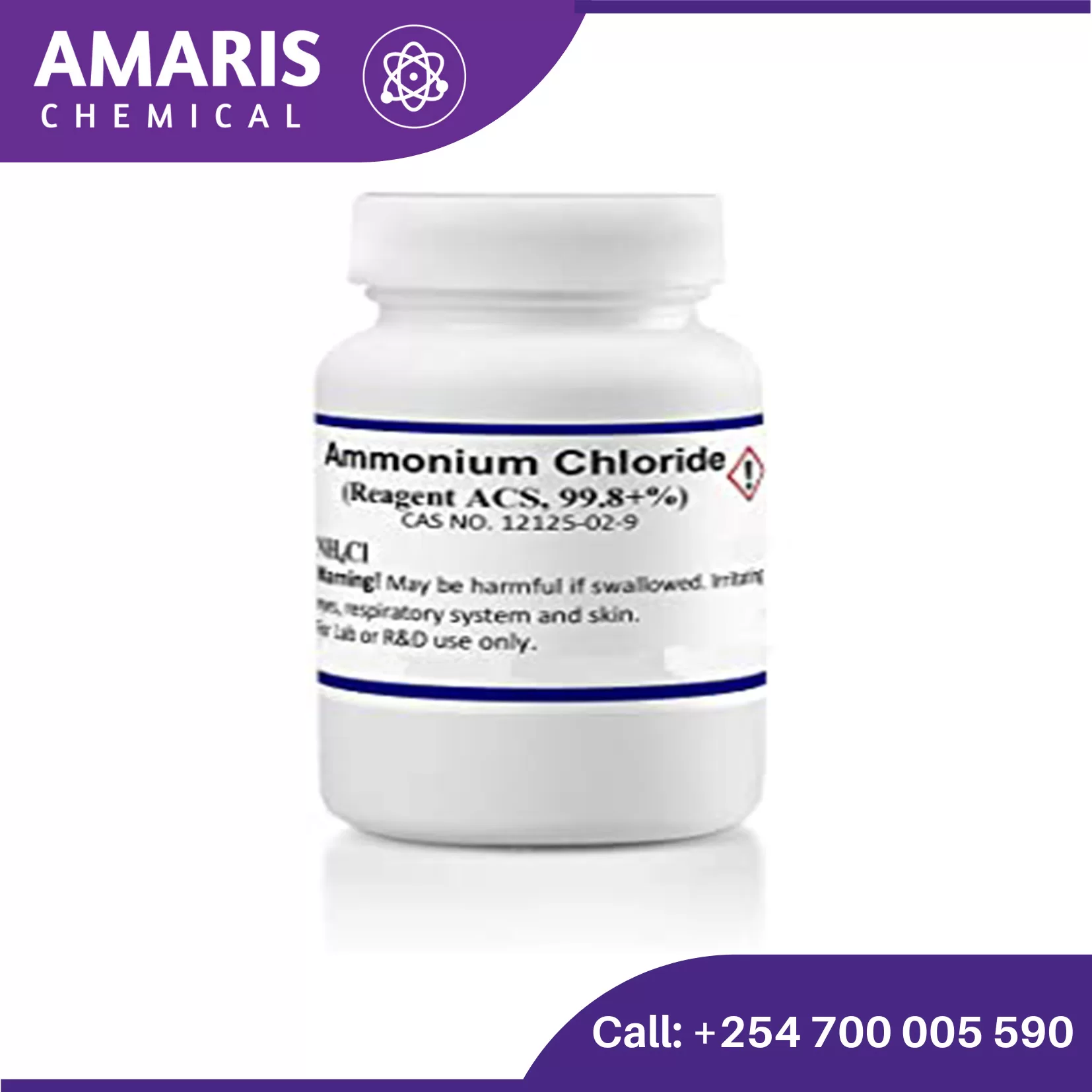
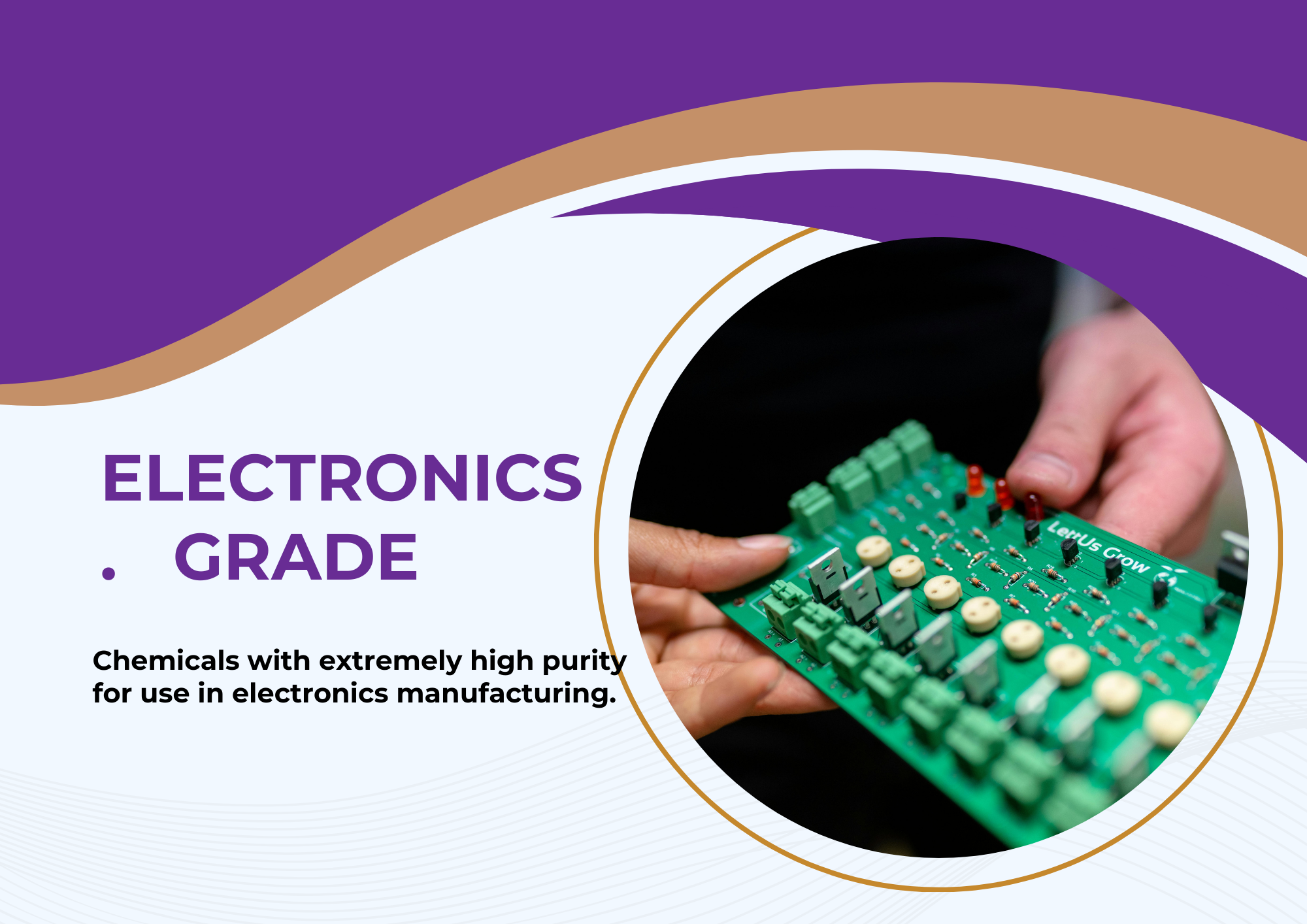



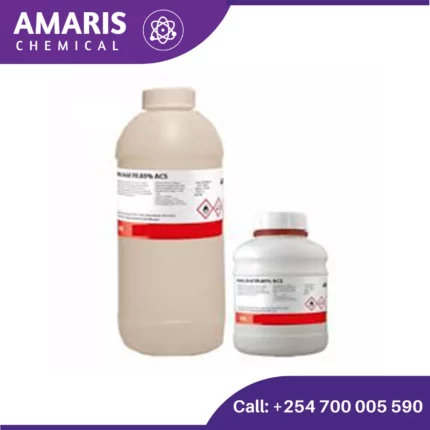

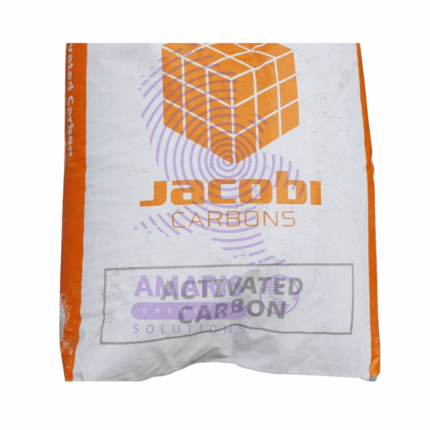
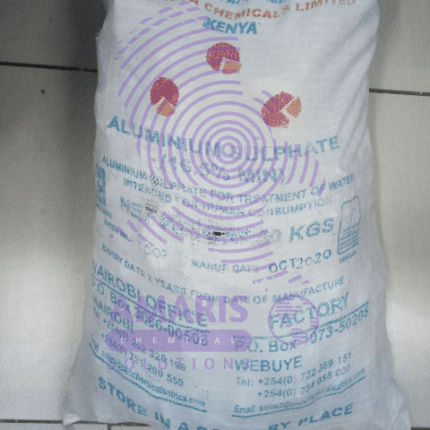
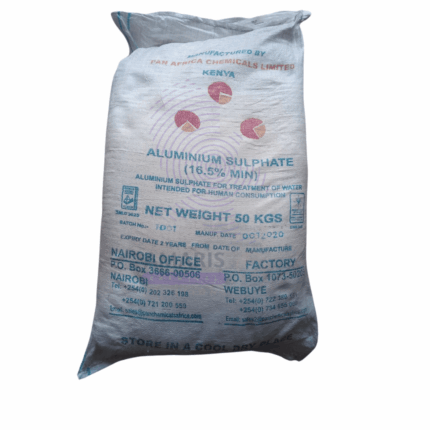
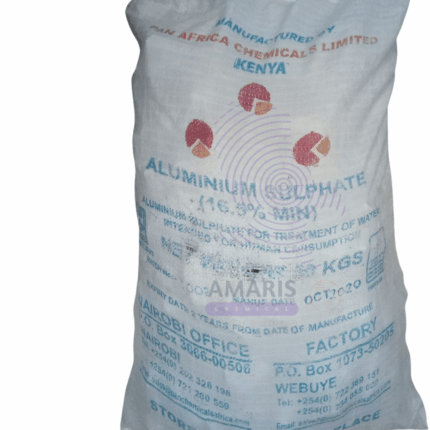


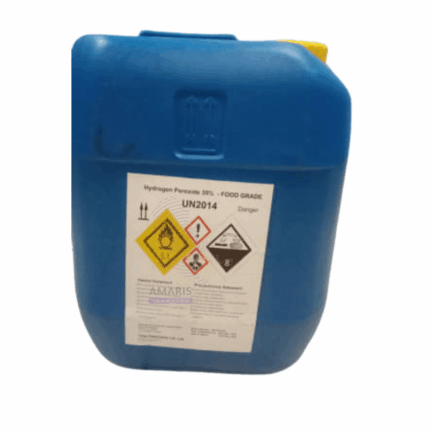
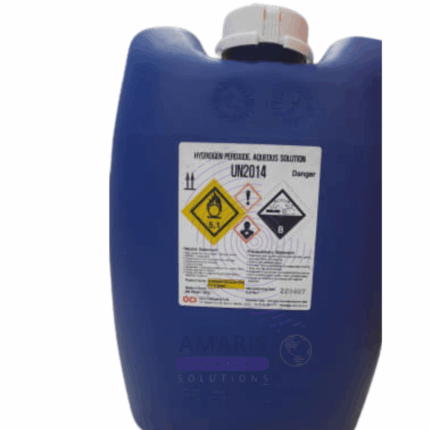













Reviews
There are no reviews yet.